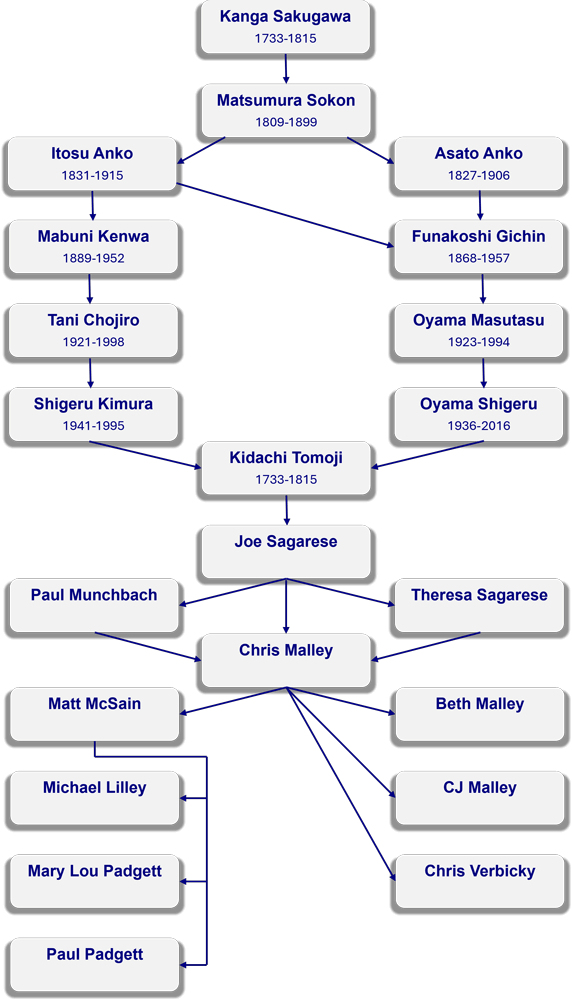About
Golden Eagle Martial Arts
About Us
We started as the Galway Karate Club in 1972 when Shihan Joe Sagarese started teaching Shukokai karate in his front yard. Later the classes moved to the Odd Fellows Hall located in the Village of Galway. Several years later the classes relocated to the Galway Central School campus, where they have remained ever since.
Under Shihan Sagarese's guidance Sensei Theresa Sagarese and Hanshi Paul Munchbach were promoted to the rank of black belt. In 1982 the Sagareses relocated to the west coast. Hanshi Munchbach took over the operation and instruction of the club and continued doing so until his retirement at the end of 2015. During Hanshi Munchbach's tenure he continued to train and learn and brought back what he felt was valuable and with that the Galway Karate Club evolved into more than just karate. Our style became known as Nemuru. Also during his tenure the karate club became affilated with the Galway Youth Commission.
In 1992 the Sagareses returned from the west coast. They brought with them even more to add to our curriculum.
Golden Eagle Martial Arts was founded in January 1996 as Hanshi Chris Malley, Hanshi Munchbach's first black belt, began an affordable martial arts program through the Webster Parks and Recreation Department. The basic idea is that quality martial arts training does not have to be expensive and the whole family should feel welcomed. Golden Eagle Martial Arts' name is derived from the Galway Central School's mascot, the Golden Eagle. The Galway school colors, blue and gold, were also adopted as the colors of Golden Eagle Martial Arts.
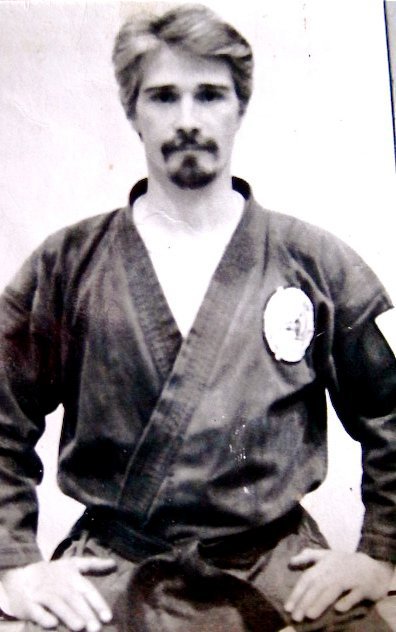
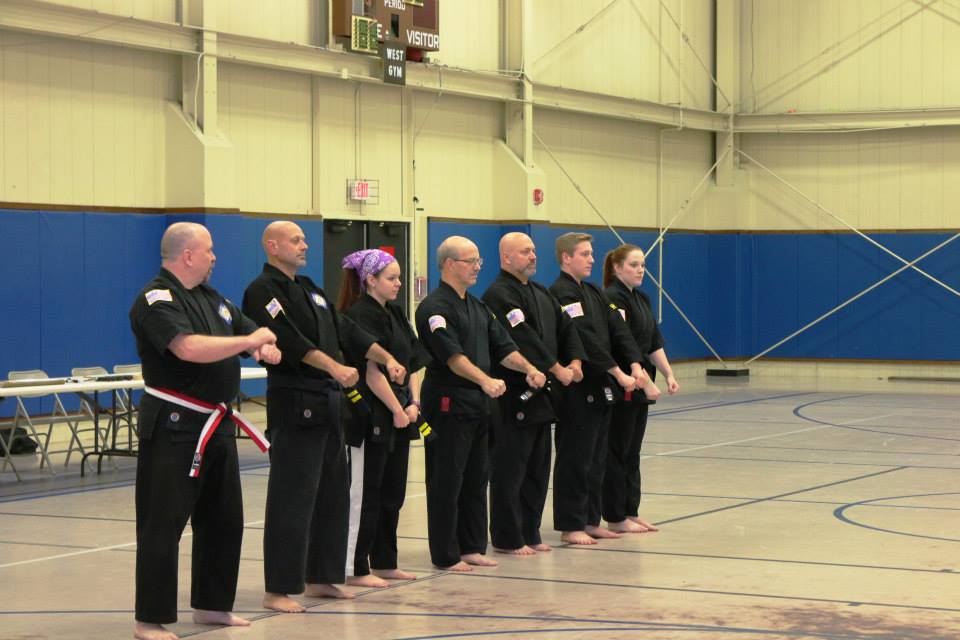
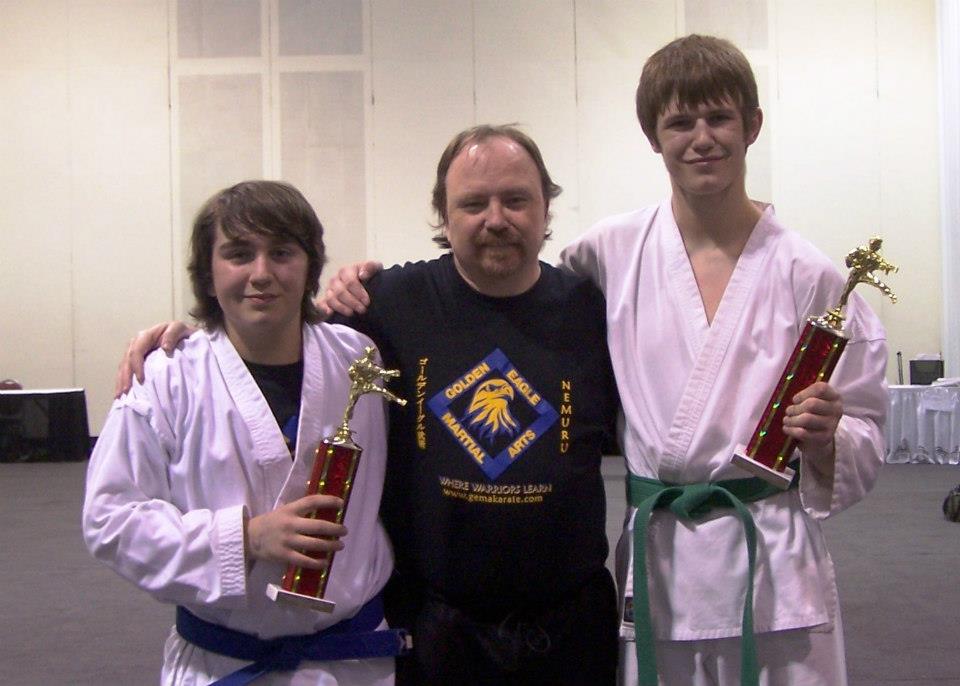
Hanshi Malley has promoted several students to black belt ranks. Many of his students have done well in competition, with one currently pursuing a career in mixed martial arts (MMA). In late 2014 Hanshi Malley returned to Galway and turned over the Webster operation and instruction duties to Sensei Matt McSain. Upon Hanshi Malley's return to Galway he began assisting Hanshi Munchbach along with assistance from Sensei Stephen Hull. At the end of 2015 Hanshi Malley took over operation and instruction of the Galway Karate Club upon Hansh Munchbach's retirement. Hanshi Malley works closely with Sensei McSain to unify the Galway and Webster dojos. As a team, they continue to evolve Inu Washi Do (golden eagle way).
In addition to the physical aspects, the practitioner benefits from improvements in discipline, respect, confidence, and humility. These are characteristics that pour over into other areas of one's life.
Students start as young as four and no age is to old to enjoy a lifetime activity.
We welcome all whether you are new to the martial arts or have started training elsewhere. The martial arts is an activity that can be practiced and enjoyed throughout your life and it is never too late to start.
Inu Washi Do
We practice Inuwashi Do in our dojos. Inuwashi Do includes Nemuru karate, jiko boei (self defense), kobudo (weapons), and tameshiwari (breaking).
What it means is that we train in one or more core styles and have enhanced it by adopting skills from many other styles. By doing this we have opened our minds to explore the entire world of the martial arts. We have an understanding that a skill from one style may have advantages over a skill from another or that what may work for one student may not work for another.
Often it is seen that one style of martial arts claims to be the best of them all. This simply is not true. There are advantages and disadvantages to each style. The martial arts, as a whole, come from the same roots and ideas. Besides physical differences (major and minor) between styles, the greatest differences are caused by the political backgrounds and history of the nations from which they came.
The roots, or core of our style, are in karate. Karate is Japanese for empty hand. The vast majority of our training is done with our hands and feet. Once students have reached an advanced rank and level of maturity they may begin, at their option, to train with martial arts weapons for demonstrations and tournaments.
Listed below are the primary and secondary styles in which we train. Our foundations and traditions come from our primary styles. Many enhancements to our training come from the styles listed as secondary and many other styles not listed.
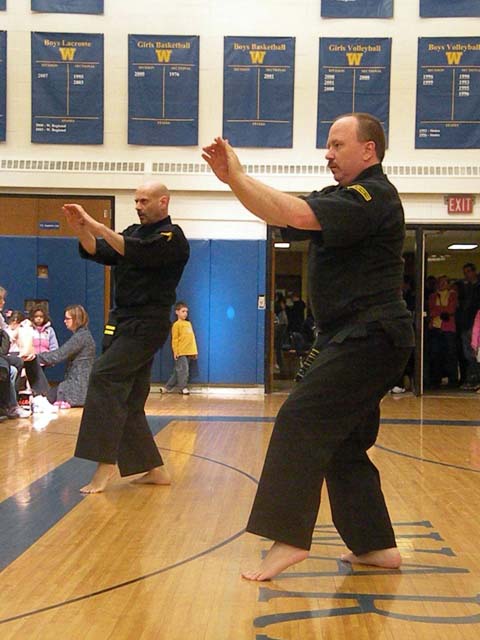
Primary Styles
Shukokai
Kyukoshinkai
Kobudo
Secondary Styles
| Aikido Judo Jujitsu Kung Fu |
Tae Kwon Do Pentjac Silat Boxing Wrestling |
Meet The Head Instructors
Our dojos are lead by two top notch martial artists with more than 80 years of combined training and teaching experience.
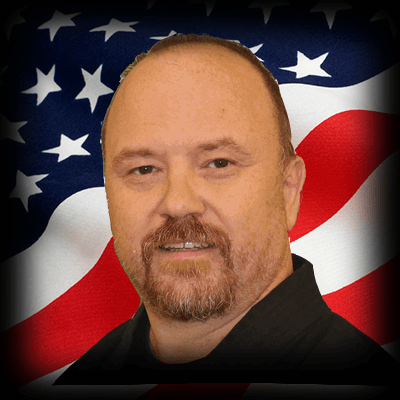
Hanshi Chris Malley
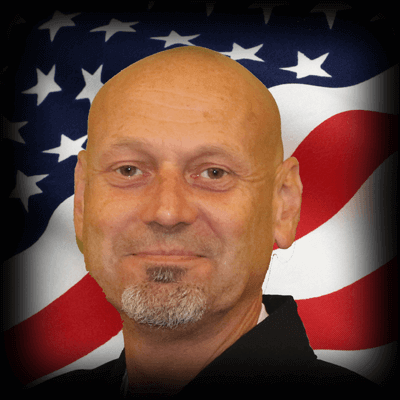
Sensei Matt McSain
Our Lineage
